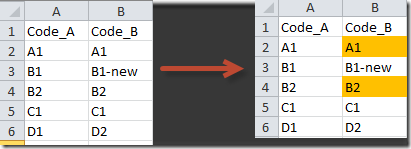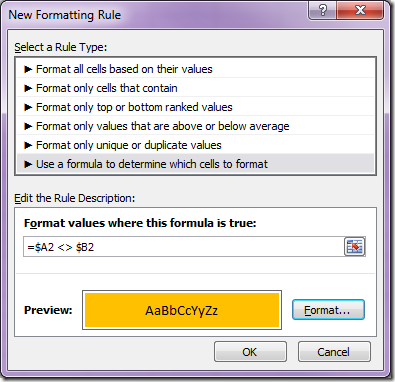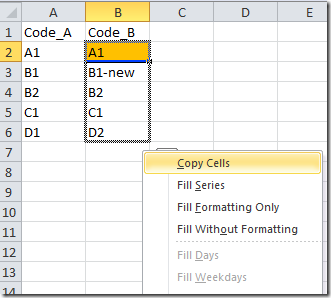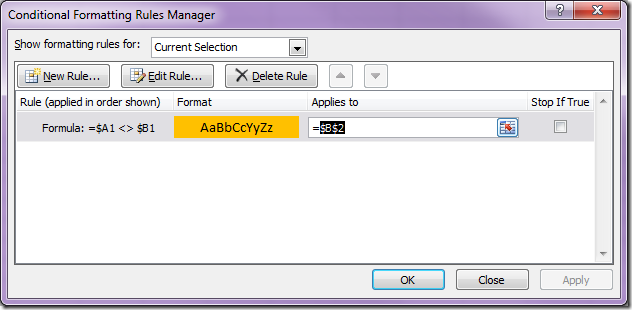Java Annotation Example
Categories: Java June 22nd, 2014 19:44Annotation
package com.liguoliang.lang;
import java.lang.annotation.ElementType;
import java.lang.annotation.Retention;
import java.lang.annotation.RetentionPolicy;
import java.lang.annotation.Target;
@Retention(RetentionPolicy.RUNTIME)
@Target({ElementType.TYPE, ElementType.METHOD})
/**
* http://docs.oracle.com/javase/7/docs/api/java/lang/annotation/RetentionPolicy.html
* @author Guoliang
*
*/
public @interface Note {
String title() default "Note";
String details();
}
Usage
package com.test.meta;
import static org.junit.Assert.*;
import org.junit.Test;
import com.liguoliang.lang.Note;
@Note(details="This test is for Annotation")
public class TestMeta {
@Test
public void test() {
Class klass = TestMeta.class;
assertTrue(klass.isAnnotationPresent(Note.class));
Note note = klass.getAnnotation(Note.class);
System.out.println("Class: " + klass.getCanonicalName() + "Note: " + note.title() + ": " + note.details());
}
}
Output:
Class: com.test.meta.TestMetaNote: Note: This test is for Annotation
Java Generic WildCard PECS: producer-extends, consumer-super.
Categories: Java June 21st, 2014 13:49Effective Java – Item 28: Use bounded wildcards to increase API flexibility
* PECS stands for producer-extends, consumer-super
* Do not use wildcard types as return
types. Rather than providing additional flexibility for your users, it would force them to use wildcard types in client code.
.
@Test
/**
* PECS stands for producer-extends, consumer-super.
*/
public void testAccountListUtils() {
List corporationAccounts = new ArrayList();
corporationAccounts.add(new CorporationAccount(1, "Google"));
corporationAccounts.add(new CorporationAccount(2, "Yahoo"));
List allAccounts = new ArrayList<>();
AccountListUtils.mergeUserList(corporationAccounts, allAccounts);
assertEquals(corporationAccounts.size(), allAccounts.size());
}
package com.liguoliang.lang.collection;
import java.util.List;
import com.jpm.model.IAccount;
public class AccountListUtils < T extends IAccount >{
public static void mergeUserList(List tobeMerged, List allAccounts) {
allAccounts.addAll(tobeMerged);
}
}
more code
@Test
public void wildCard() {
List corporationAccounts = new ArrayList<>();
corporationAccounts.add(new CorporationAccount(1, "GE"));
corporationAccounts.add(new CorporationAccount(2, "IBM"));
IAccount account = getUserById(corporationAccounts, 2);
System.out.println(account.getAccountName());
}
/**
* List and List are treated as two different types.
* If we use List as the parameter type, and call the method by getUserId(List,
* will got this compile Error:
* The method getUserById_iAccount(List, int) in the type LearnGeneric
* is not applicable for the arguments (List, int);
* @param accountList
* @param id
* @return
*/
public IAccount getUserById(List< ? extends IAccount> accountList, int id) {
for (IAccount iAccount : accountList) {
if(iAccount.getAccountId().equals(id)) {
return iAccount;
}
}
return null;
}
/**
* Note: getUserById(List and getaUserById(List) are not reloading methods:
* Erasure of method getUserById(List, int) is the same as another method in type LearnGeneric
* @param accountList
* @param id
* @return
*/
public IAccount getUserById_withoutWildCard(List accountList, int id) {
for (IAccount iAccount : accountList) {
if(iAccount.getAccountId().equals(id)) {
return iAccount;
}
}
return null;
}
Java Training Notes: Generic Class / Iterator Example
Categories: Java June 21st, 2014 11:25ArrayList in JDK is the best example. however, this one is created by myself:
Test
Example
Excel: Use Conditional Formatting to format cells by formula
Categories: Development Notes; Tagged with: Excel; @ May 15th, 2014 23:31Requirement:
As a (junior) Excel user, I want to compare two columns and change the background colour for the cells which is not consistent.
Steps:
1. Create New Rule:
you may select the B2, and click Conditional Formatting > New Rule:
Configure the formula and the format.
2. Apply the the rule:
You may right click the ‘+’and then drug, select the ‘Fill formatting Only’ when drop.
Or you can use Conditional Formatting > Manage Rules:
to change the “Applies to…” and then “Apply”
Sybase full outer join
Categories: Database; Tagged with: Sybase; @ May 15th, 2014 22:56Sybase doesn’t have this feature, however we can use lift/right join + union to get it:
SELECT * FROM A LEFT OUTER JOIN B ON…
UNION
SELECT * FROM A RIGHT OUTER JOIN B ON…
UNIN will remove the duplicated records.



